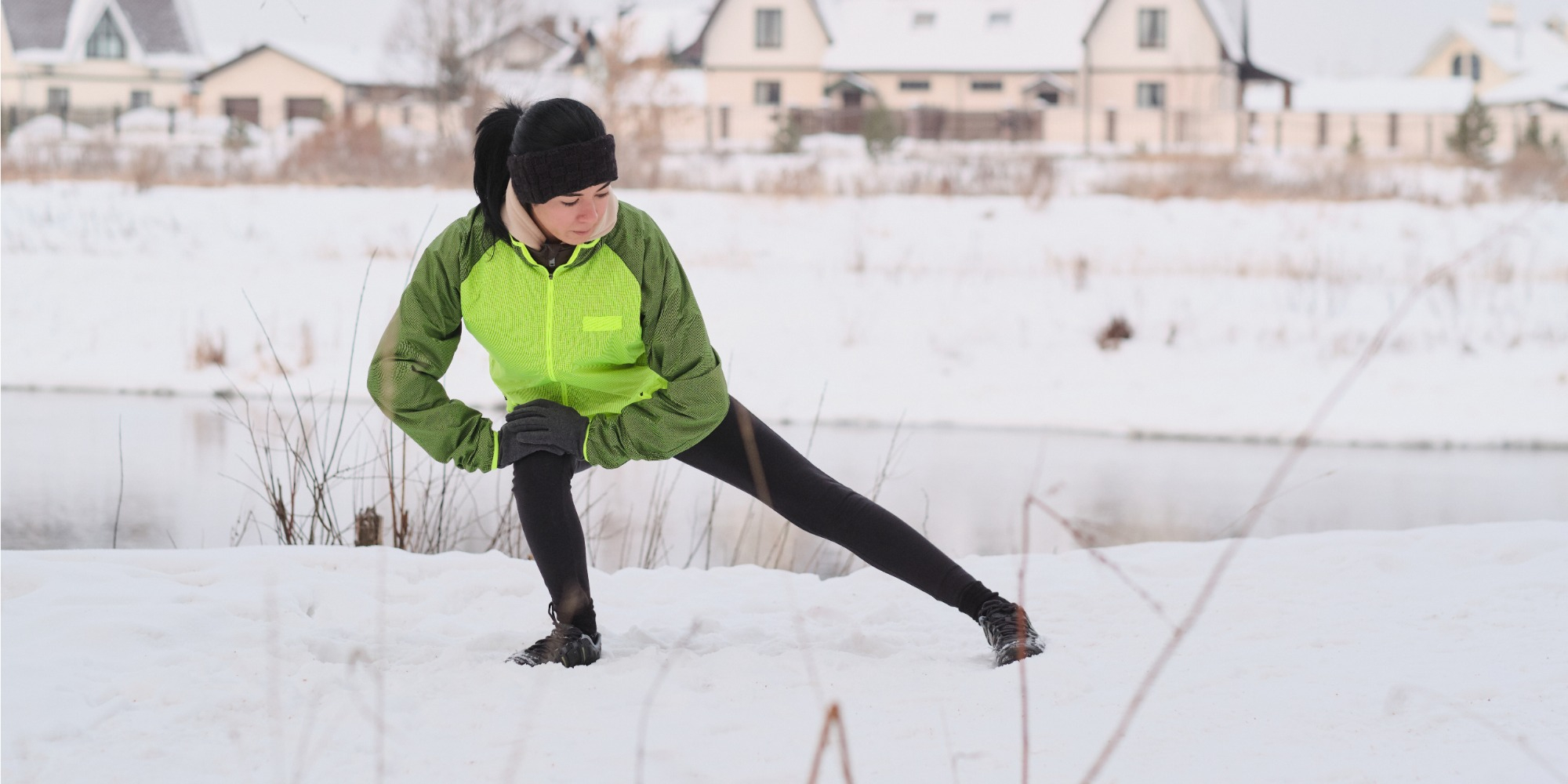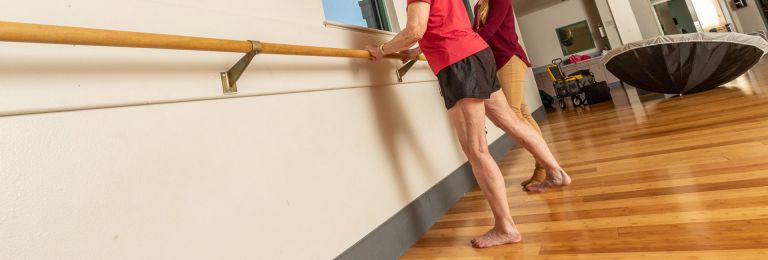Winter conditions make our outdoor workout routines a bit different. Going into cold-weather workouts prepared by following certain common-sense precautions helps with safety and overall injury prevention.
Preparation and knowledge are keys to safely exercising in any extreme environment, whether it is during the height of summer or the dead of winter, and during this time of year, it is important to keep in mind the four pillars of cold-weather exercise, each of which is equally important to consider: clothing, balance, hydration and common sense.
Winter Workout Clothing
When planning for wintry weather running, cycling, snowshoeing, fat biking, skiing, etc., clothing considerations should include fabric type and layering, covering the extremities and head protection.
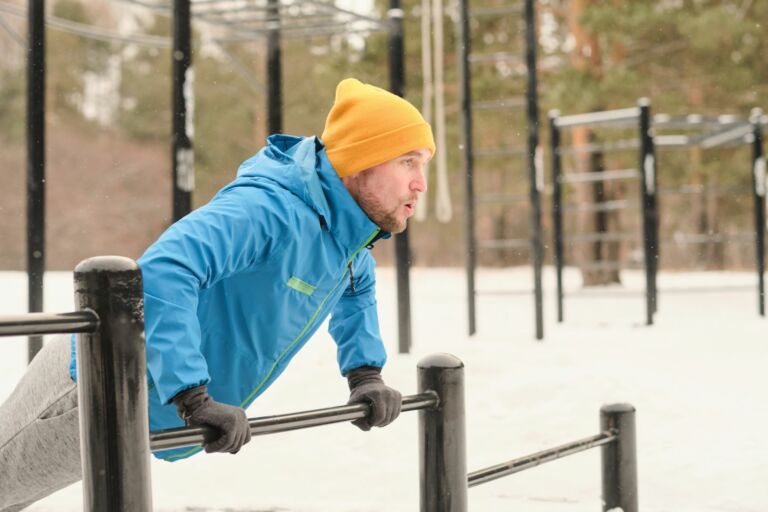
Dressing too warm is one of the biggest mistakes made when exercising in chilly weather.
If you over-dress, you will feel warm at first, but once you start to sweat, cold can set in if you have non-wicking fabrics, do not shed layers appropriately and/or if you stop moving for a time. Wearing layers that can easily be shed and stored as we start warming from our internal heat production and before we get drenched in sweat is key.
The inner-most layer should be made of synthetic microfibers that dry quickly and wick sweat away from the body. Since circulation to your extremities will be hindered as blood flow concentrates in your body’s core, cover your hands and feet in layers, too. Top your attire off with a hat to prevent the escape of up to 50 percent of your body’s heat through your head.
Improve Your Balance
The potential for fall-related injuries increases considerably in the winter.
During the winter season, falls are prevalent due to icy, uneven and slippery surfaces along with darker skies which limit visibility of outside hazards. Working on your balance daily and wearing proper footwear is key.
Balance training could be as easy as standing on one foot while you wash your hands or brush your teeth or as complex and challenging as using balance boards, closing your eyes, or balancing with head movements. Each of these progressions to the basic “Standing On One Foot Exercise” challenge a different part of our “balance system”: proprioceptive, visual and vestibular.
Incorporating balance exercises to your daily routine can be a game changer in reducing fall risk throughout the year and should be performed to a level of challenge that is not overly easy or so difficult that you cannot maintain your balance with concerted effort.
Footwear with adequate gripping surfaces or adding a pair of Yaktrax or another traction device to your shoes can significantly help to prevent slipping.
Don’t Forget to Hydrate
When we are sweating, we need to replenish lost fluids, and preemptively hydrating is an excellent way to do this ahead of time. If you “feel thirsty” you are already dehydrated. Hydrating is an easy decision when working out, yet it is something that can be overlooked and not even noticed during colder weather.
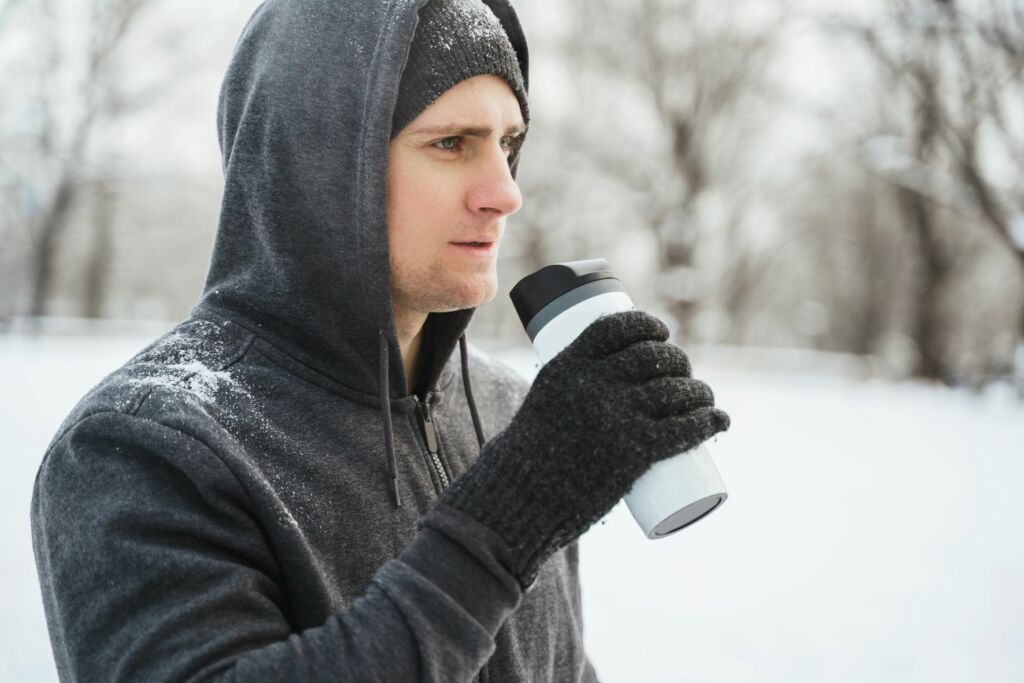
Our brain is made up of 75-85% water, so drinking an adequate amount will keep your mind sharp. Drink water before, during and after your workout, even if you do not feel thirsty. What is an adequate amount you ask? Under normal circumstances when you are not losing water from sweat and/or you have not consumed dehydrating drinks like caffeinated coffee, tea, and/or soda, experts suggest half of your body weight in ounces per day (example – if you weigh 150 pounds, drink 75 ounces of water per day).
Practice Common Sense
If it is unbearably cold or there are high winds and a snowstorm, keep your workout inside. There are days when the risk outweighs the benefit. If you commit to exercising outside, you can incorporate a few commonsense tips. These tips include:
1) bringing a fully charged cell phone to call for help if something happens or you are feeling unsafe,
2) bringing a light or headlamp to be able to see better in darker light conditions,
3) do a pre-activity dynamic warm-up to prepare and adequately warm your body tissues for the exercise you are about to participate, and
4) tell a friend or family member your plan and expected return time.
These top tips for cold-weather workouts should give you a solid starting point to stay safe while you exercise this winter. And if aches, pains or injury are keeping you from a regular exercise regimen, visit a physical therapist like those on the Therapeutic Associates Physical Therapy team for a full assessment. Physical therapists are specifically certified medical professionals whose goals are to help reduce pain and improve or restore your ability to move well.
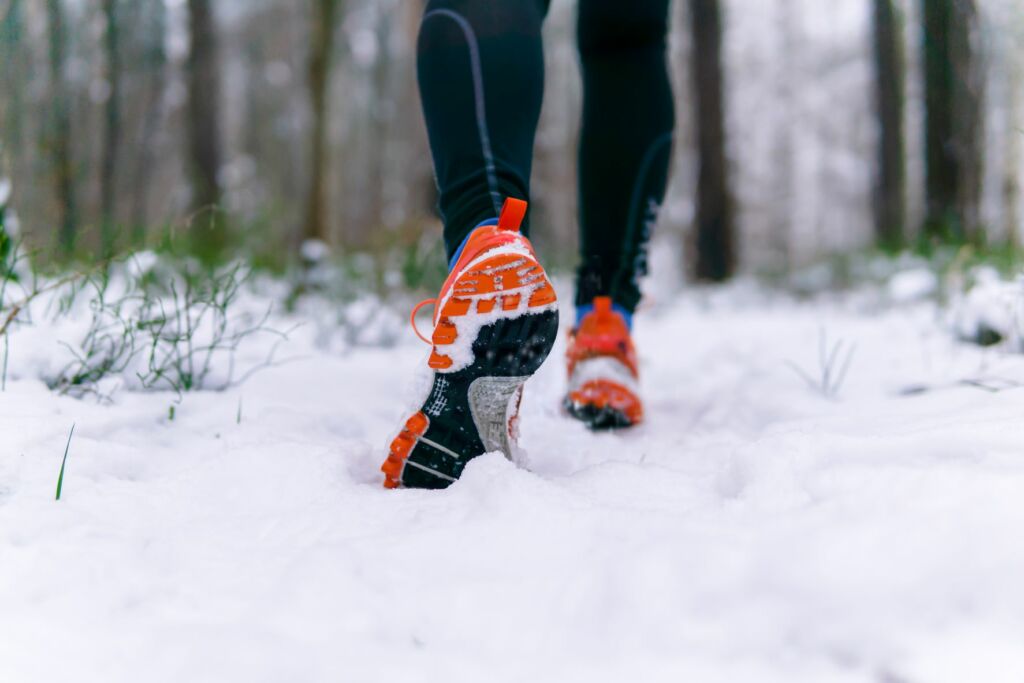
Take the first step on your PT journey today.
As physical therapists, we understand movement patterns, body mechanics and training habits. Our passion is to help every patient reach their goals and live an active, pain-free life.
